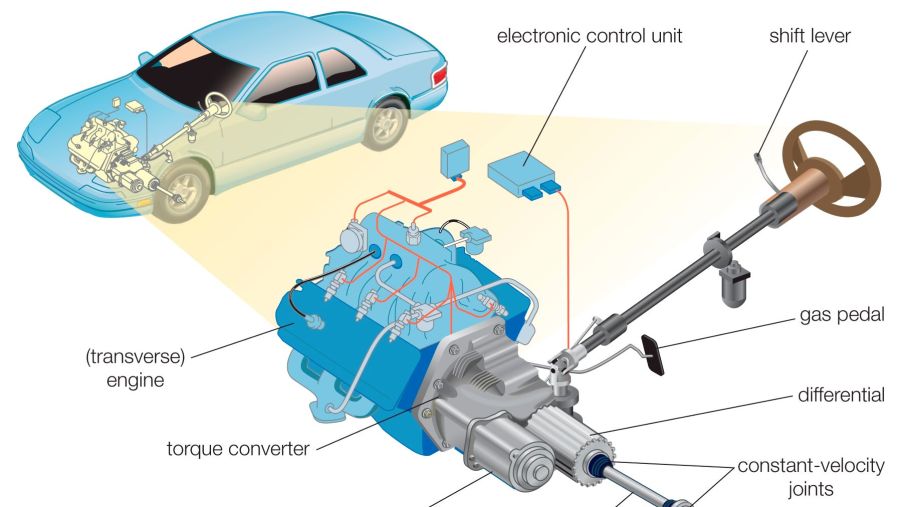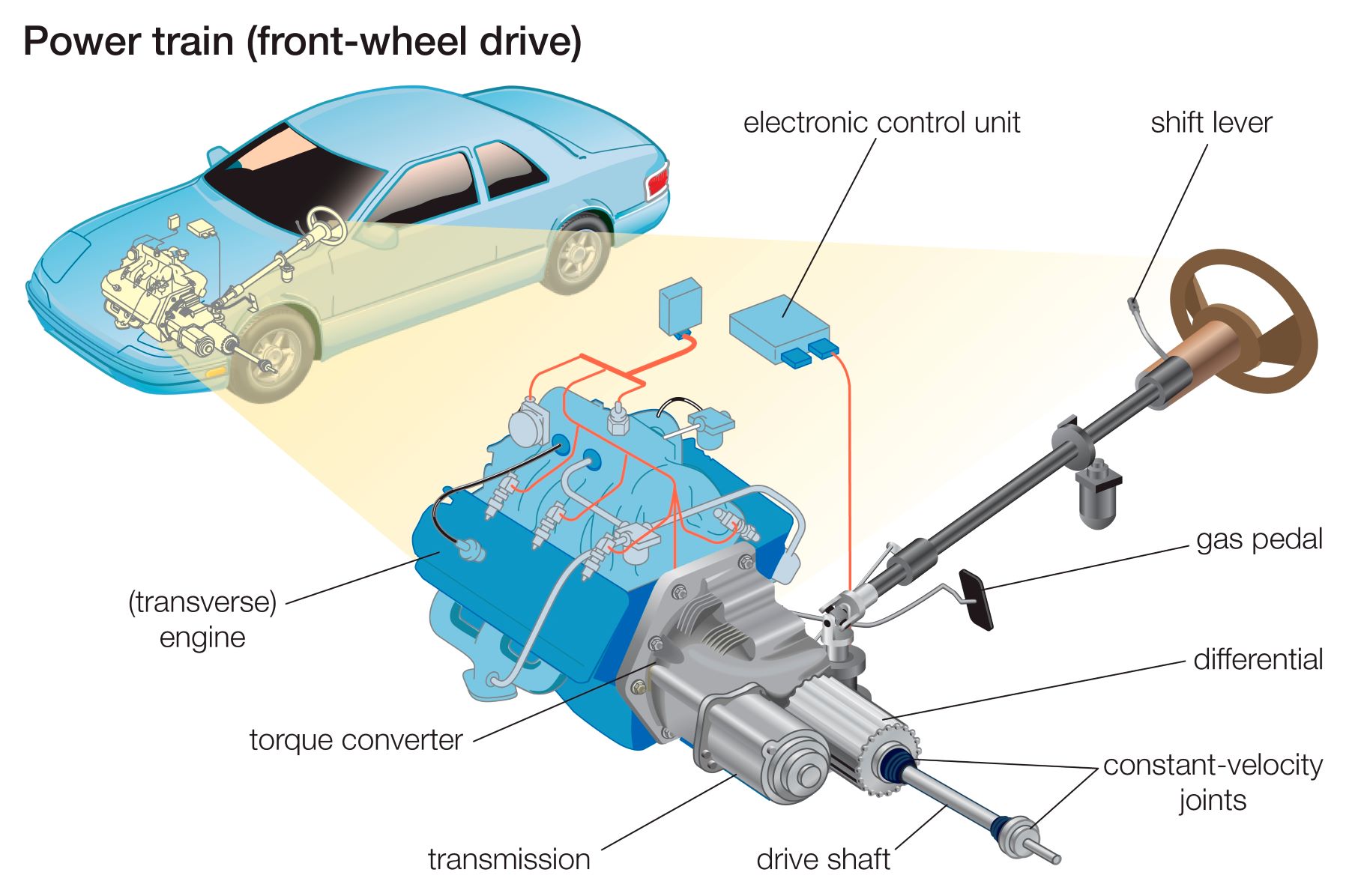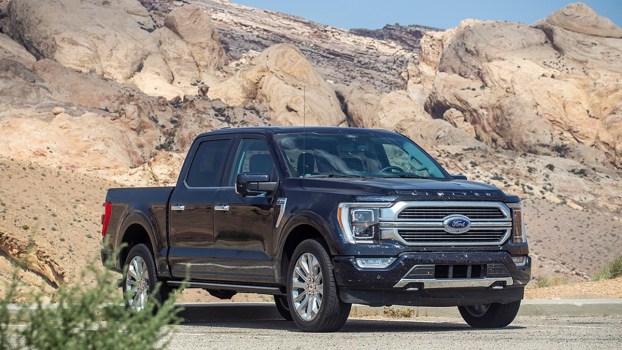
Do You Need a Transfer Case for a Front-Wheel Drive (FWD) or Rear-Wheel Drive (RWD) Car?
If you are new to off-roading or have been driving an all-wheel drive (AWD) car for years, you may have heard about an integral component called a transfer case. A transfer case works by taking power generated by the engine and transmission and transferring that power to all four wheels in a four-wheel drive (4WD) system. There are a few different types of transfer cases for all types of uses, but there is one main question we have to answer first. Do you need a transfer case for a front-wheel drive or a rear-wheel drive car?
Transfer cases are only used in all-wheel drive (AWD) and four-wheel drive (4WD) vehicles
Because transfer cases are used to transfer power to both axles to run all four wheels of a vehicle, transfer cases are only found in all-wheel drive (AWD) or four-wheel drive (4WD) vehicles. They are not found in rear-wheel drive or front-wheel drive vehicles.
What are the different types of transfer cases?
Transfer cases in all-wheel drive vehicles can come with a few variations to fit a car’s purpose. The most basic type of transfer case is a full-time AWD system, where the transfer case sends power to both axles at all times. This system in the modern age is usually paired with a limited-slip differential system to ensure that all wheels are turning at maximum efficiency. These full-time systems also usually come with a two-speed setup where drivers can shift into low range for maximum power for on-demand off-roading power.
In most regular mass-market all-wheel drive vehicles, the part-time system is the most popular type of all-wheel drive system. While the full-time AWD transfer case always sends power to all four wheels while driving, the part-time system has a selectable AWD setup where drivers can choose to have a two-wheel drive or 4WD powertrain at the push of a button. This allows drivers to multiply their fuel efficiency on dry roads when all-wheel drive isn’t necessary. Some of these part-time systems also have low gearing, giving drivers the power to shift into low gear for off-roading maneuvers where maximum torque is needed.
What are the main differences between FWD and RWD cars?

Early in automotive history, rear-wheel drive vehicles were the most common types of vehicles found on the road. Even today, the most popular driveline for sports cars and pickup trucks is RWD. Still, with almost every other vehicle on the road coming in front-wheel drive, is there a big difference? There are slight differences, and your preference may just come down to your individual needs.
RWD vehicles typically handle better at speed, offer stronger acceleration, and have bigger towing capacities, according to Autolist. In comparison, if you are looking for cars with better fuel economy, better handling in bad weather conditions, and vehicles that are cheaper to maintain due to the rear wheels simply tracking behind the front wheels, FWD vehicles may be better for you.
All-wheel drive and four-wheel drive vehicles typically have the best handling capabilities in all conditions. They also offer more symmetrical power due to all of the engine power being distributed among all four wheels. However, AWD and 4WD vehicles are typically much less efficient than FWD and RWD vehicles because all four wheels are powered at all times.
There is no clear winner in the battle of which driveline is the best. It all depends on whatever your priorities are as a driver. Still, one fact rings true. With so many vehicle options available today, you are bound to find a perfect vehicle that fits your needs.




